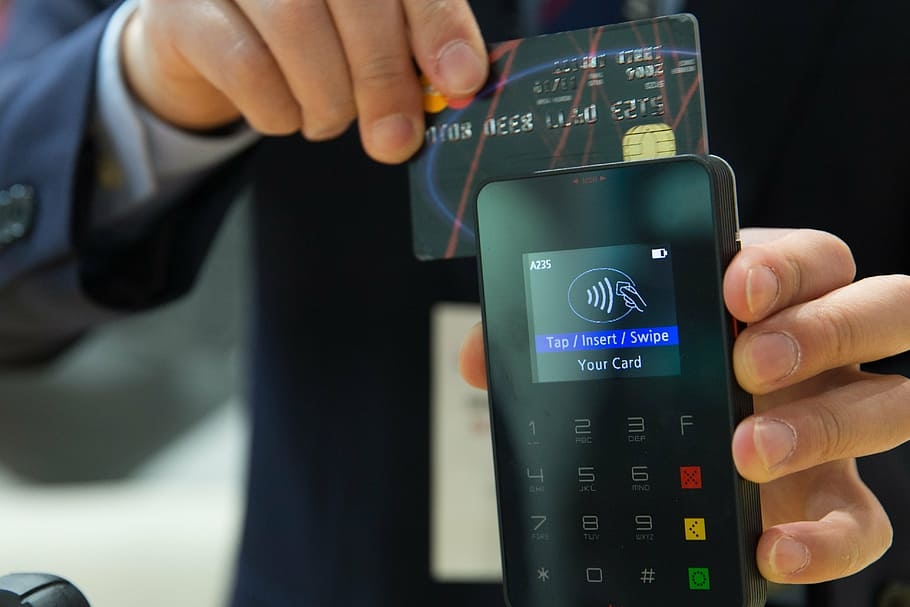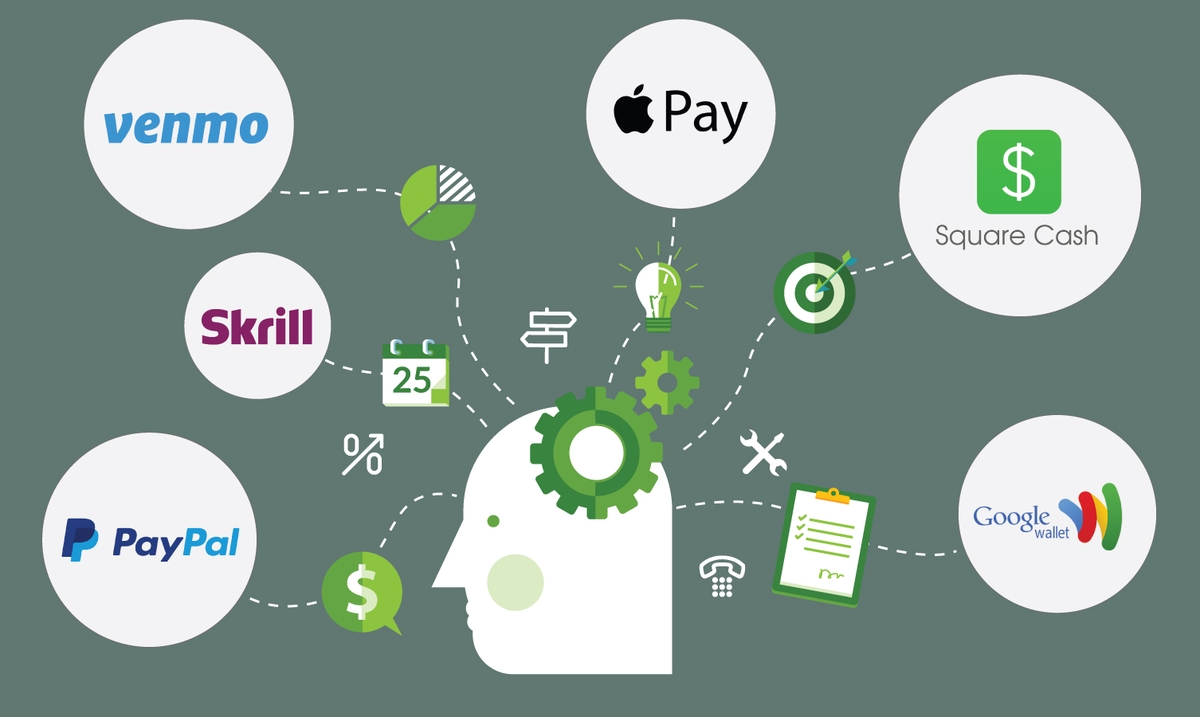How to block people on venmo (complete 2023 guide)?
Are you tired of people asking for money on Venmo? Do you want to know how to block them from making repeated requests? In this guide, we will show you how to take control of your Venmo account and maintain your privacy.
Venmo is a fast and easy way to pay family and friends at virtually no cost, however it’s possible that people who have requested money before can come back with further requests. Fortunately, the process is super easy, and with just a few clicks you will be able to protect your Venmo account.
We’ll provide step-by-step instructions on blocking someone on Venmo in a fresh way that fits into today’s norms and expectations. Additionally, this article will explain why it’s important to block people on applications like Venmo so you can enjoy safe, secure transactions with approved contacts only.

How to block people on Venmo?
1. Log into your Venmo account and select the “Settings” tab.
2. Select “Privacy & Security” and click on the “Blocked Users” option.
3. Click on the “Block User” button, which will bring up a list of contacts associated with your account.
4. Select the person you want to block and click “Block” or “Remove”. This will block that user from sending any requests or payments to your account in the future. You may also choose to remove them if they are already blocked.
Once a user is blocked, they will not be able to send payments or requests to your account, and their payments will automatically be declined.
Why is it important to block people on Venmo?
Blocking someone on Venmo is important for a number of reasons. It helps protect you from unwanted requests from people who may not have your best interests in mind, and it also prevents any potential money laundering or fraud. Blocking someone also ensures that your transactions are secure and only involve approved contacts.
Having the ability to block people on Venmo is a great way to take control of your account and protect yourself from any potential harm. Additionally, it ensures that only approved contacts can send you payments or requests. This helps keep your transactions secure and free from fraud or money laundering.
It’s also important to note that blocking someone will prevent them from viewing your payment history, which can protect your privacy.
What are Venmo chargebacks?
Venmo chargebacks occur when a Venmo customer challenges or disputes a charge and is subsequently reimbursed. It’s important to note that Venmo chargebacks may only take place on credit card transactions, not bank account-funded transactions. The entire process is typically done internally by the Venmo platform, but the final dispute decision does not rest with them once it has been escalated to the issuer of payment methods like credit cards, banks, etc.
In order for a chargeback dispute to be properly handled, any customer who believes they have unjustly been charged should contact Venmo as soon as possible. This can be done through their website or through their in-app messaging service. However, any dispute that is more than 120 days old will be dismissed automatically and customers will no longer receive a refund through this method at all. Also, if a transaction has already been marked as complete or settled then there won’t be any chance of getting your money back through this form of dispute resolution. Keep in mind that even if you win your case against the issuer of payment methods, you still may not get your funds returned—Venamo cannot guarantee reimbursements in any way after they are sent out to an issuing entity.
How does the Venmo dispute process work?
When it comes to Venmo disputes, there are two types that merchants should be aware of. The first type pertains to customers who have added their credit card to their Venmo account. In this case, a customer may dispute a transaction—for example if they don’t recognize the name of the merchant or feel that a purchase was made fraudulently—which results in a chargeback. The second type refers to when the merchant disagrees on the validity of the chargeback and wants to dispute it—essentially squabbling over who is actually owed money. When this happens, merchants can initiate a dispute within 10 days of receiving the chargeback notice. This process involves researching the transaction details provided by the customer’s bank and deciding whether or not it merits an appeal for Venmo’s review in order for further proceedings. If successful and evidence supports your claim, Venmo will declare you as being owed from or responsible for any amount it deems fit depending on final judgment or resolution agreement reached with either party of merchants and cardholders.
Can you use Venmo as a merchant?
As a merchant, you can use Venmo to accept payments through a business account. However, businesses are not able to facilitate peer-to-peer payments – these must be made directly between individuals. Additionally, if a business chooses to set up a Venmo business account, they will incur a fee of 1.9% + 0.10 per transaction. So keep those fees in mind when considering the use of Venmo as a payment option for your customers.
Furthermore, if you do decide to open a Venmo business account and accept payments through the app, it is important to note that all transactions obtained via Venmo must be done so only by way of debit card, linked bank accounts or credit card on file — this excludes any other form of accepted payment. This puts some limitations on the types of payments that can be accepted through the app, though it may still offer an attractive solution depending on one’s circumstances or need for their customers to easily access the service for their convenience benefits.
Can a bank get money back from Venmo?

Unfortunately, there is no way for a bank to get money back from Venmo once it is sent. This is because when funds are sent through Venmo, they are made immediately accessible to the recipient’s account, meaning that the transfer of money cannot be reversed. As soon as the money is released, it is completely out of the hands of both parties and can no longer be tracked or returned.
This means that sending or receiving money through Venmo carries with it an element of risk that needs to be taken into consideration before engaging in any transaction. Any person or organization sending or receiving funds must ensure that the recipient involved in a transaction is trustworthy and reliable. It also highlights the importance of verifying information before setting up a payment on Venmo so as to avoid being taken advantage of.
Does Venmo offer buyer protection?
Venmo is a popular mobile payments app, but unfortunately it does not offer any buyer protection. Buyer protection offers customers financial security in the event of a transaction gone wrong, such as when goods are not delivered or do not match their description. Without an explicit buyer protection policy, customers have to trust that the receiving party will fulfill their end of the transaction. This can be especially risky if dealing with strangers, as there is no guarantee that they will follow through on what was agreed upon.
That said, Venmo may provide assistance if a customer feels their account has been compromised in some way. For example, unauthorized access to a user’s account and attempts to cash out funds can be prevented. Additionally, users who believe their accounts have been incorrectly charged for past transactions may also receive help from Venmo’s customer service team. Depending on the case, Venmo may choose to refund its users in order to correct the situation and maintain its reputation.
What is a Venmo chargeback adjustment?
A Venmo chargeback adjustment is a situation that occurs when an issuing bank approves a chargeback. This happens when a customer raises a dispute or makes a valid claim for the return of some funds, such as in cases of unauthorized charges or fraudulent use of the account. The transaction is then reversed, and Venmo will make an appropriate chargeback adjustment to either reimburse the customer or cancel their debt to protect them from any losses. This can often be done within minutes and with minimal inconvenience to customers. Chargeback adjustments are an important part of protecting users from fraud, as well as ensuring they don’t lose out on expenses they shouldn’t have to pay.
For businesses using Venmo, this means that it may be necessary to refund any affected payments, including those accepted at point-of-sale or online for goods or services sold. Even if you believe the disputed transaction was legitimate, you will likely be subject to a chargeback adjustment based on the issuer’s decision. It’s important to keep track of transactions closely, build trust with customers by resolving their complaints swiftly and deliver high-quality service at all times for the best chances at avoiding these types of incidents in the future.